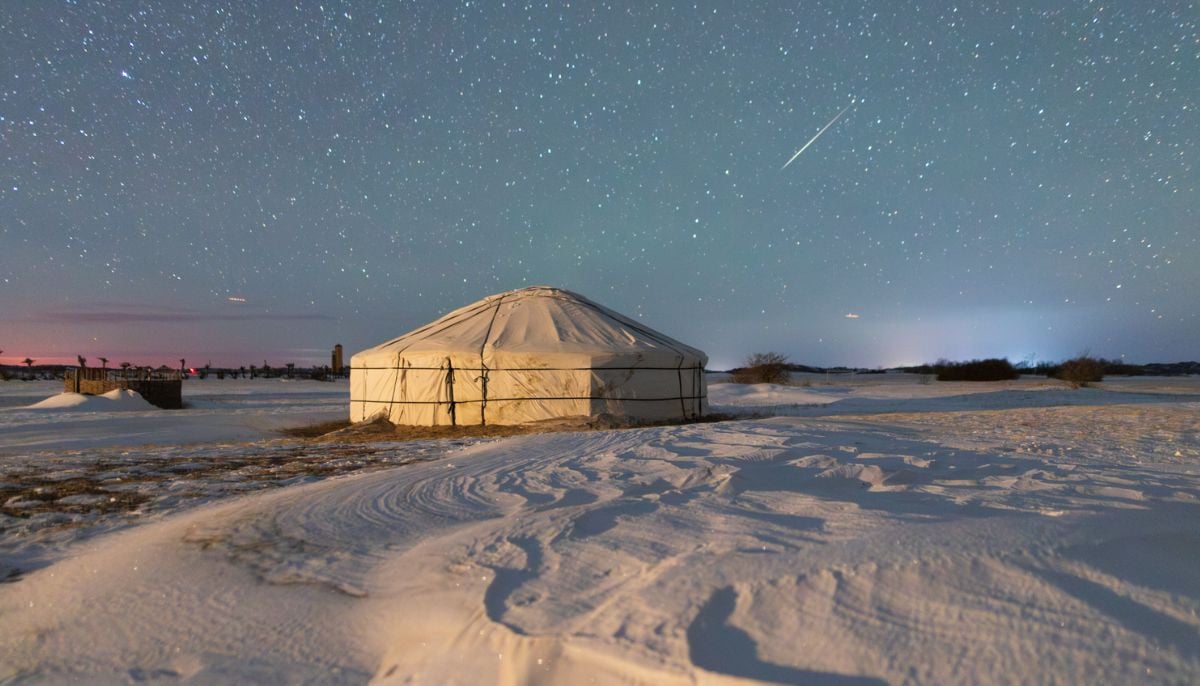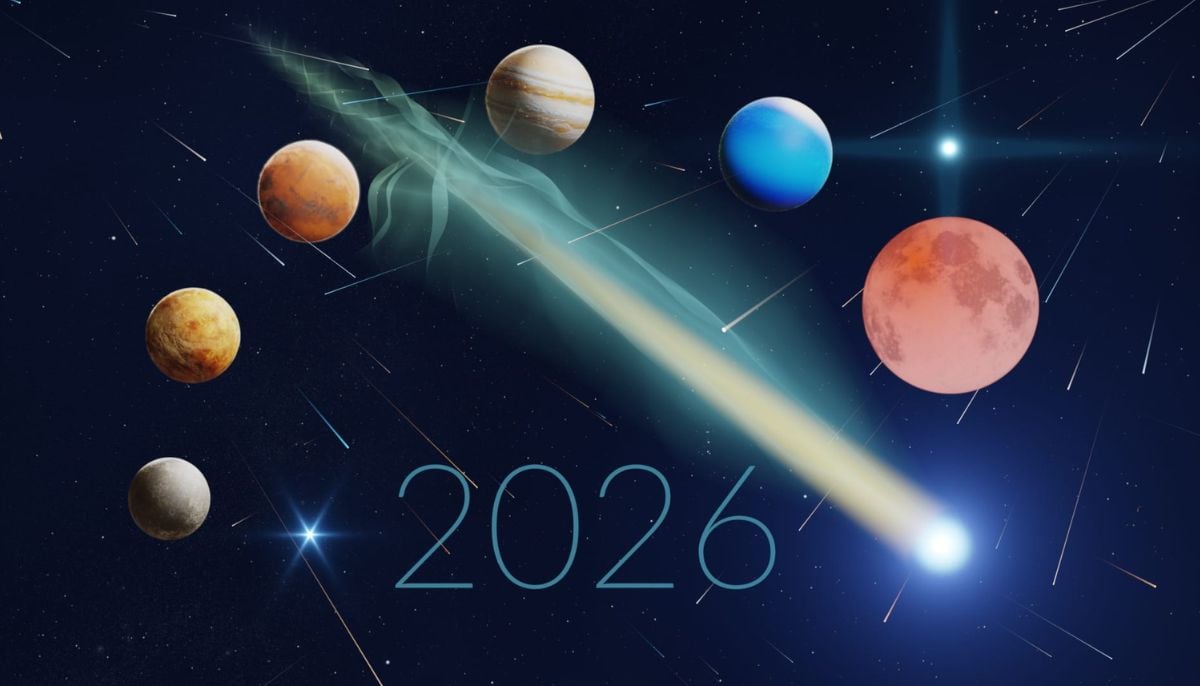What happens inside our brain in last 30 seconds before death?
Brain activity of a dying epilepsy patient answers questions that have baffled scientists for years
Have you ever imagined what happens inside our brains during our final moments?
Like a flash of lightening, imagine living your life in space of seconds. This process known as "life recall," has often been romanticised by writers and film makers. What happens after death has puzzled scientists and researchers for centuries.
However, a new study has finally found the answer to this question.
A study by Dr Ajmal Zemmar from the University of Louisville, published in the journal of Frontiers in Aging Neuroscience has found "enhanced interplay of neuronal coherence and coupling in the dying human brain," Louisville reported.
The research suggests that a brain remains highly active before and after death.
The brain activity of a dying epilepsy patient was recorded and it was found that seconds before and after his heart stopped beating, changes were discovered in "a specific band of neural oscillations, so-called gamma oscillations, but also in others such as delta, theta, alpha and beta oscillations".
Oscillations or better known as brain waves are patterns of brain activity that perform cognitive functions such as concentrating, dreaming, meditation, memory retrieval, and information processing among others.
This study is first of its kind to measure brain activity during the process of passing away and has further fuelled curiosity among researchers.
-
Solar Eclipse 2026: When and where Europe will see total eclipse
-
Nature's secret weapon: What are the tiny crabs eating our plastic waste?
-
Why January’s Wolf Supermoon will appear brighter than usual in 2026
-
From Mercury to Neptune: When and where to spot the solar system’s giants in 2026
-
2-billion-year-old galaxy collision reveal dark matter secrets
-
Five space missions that no one can miss in 2026
-
Is Universe doomed to collapse? New dark energy study hints at ‘Big Crunch’
-
Scientists say 'Mercury' should not exist: Here’s Why











